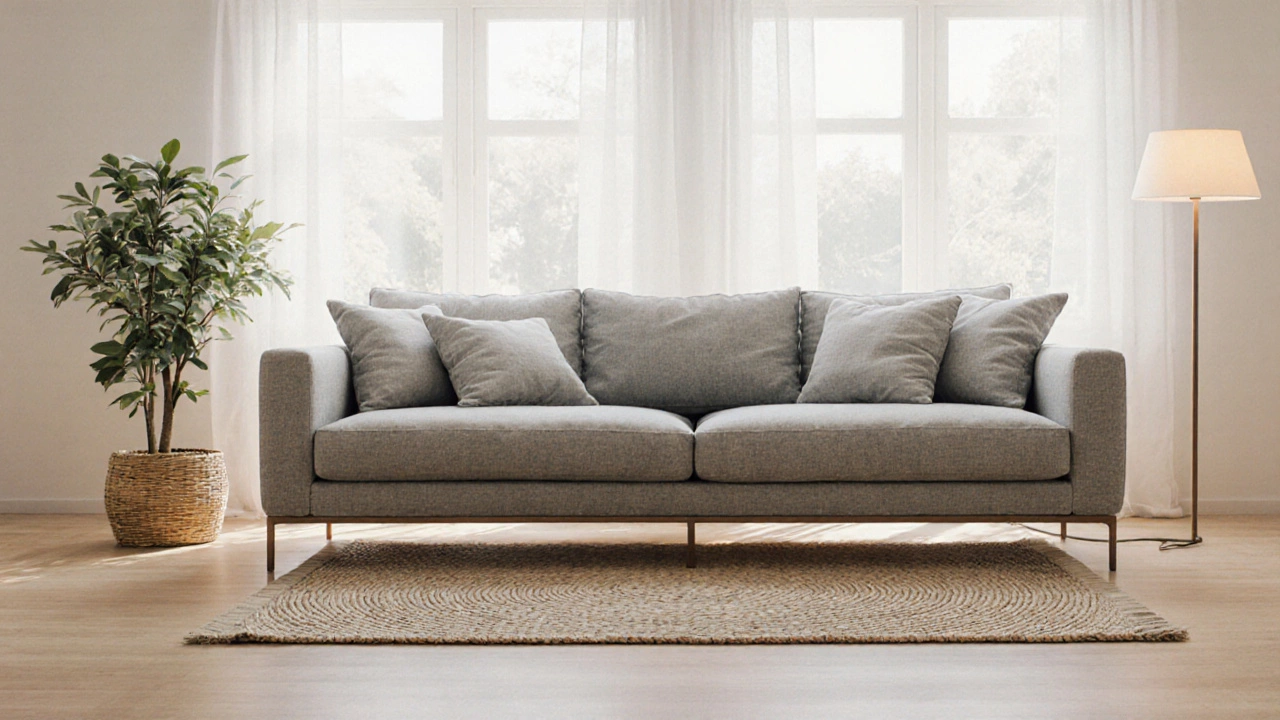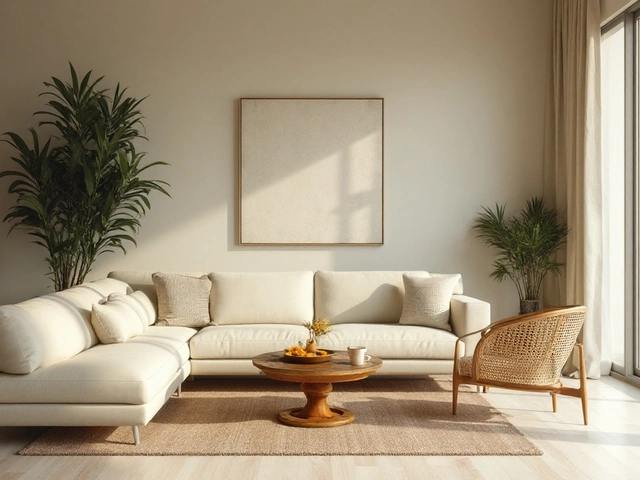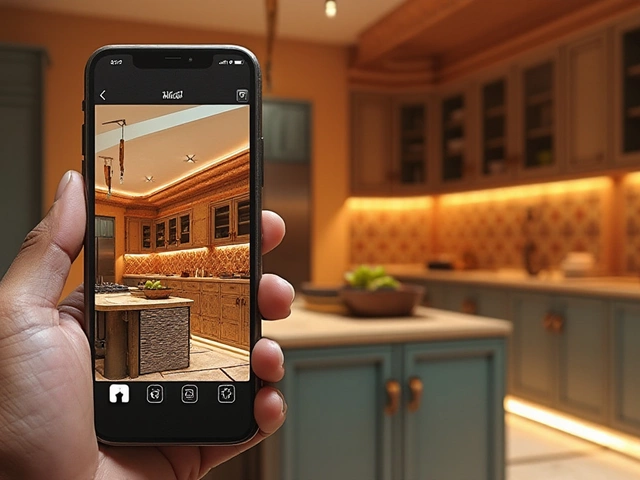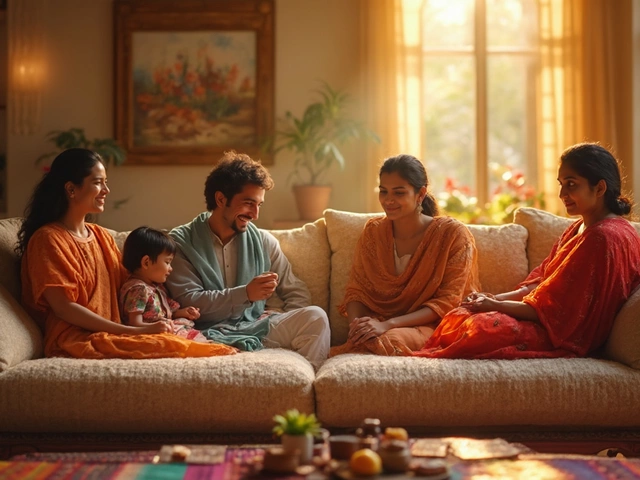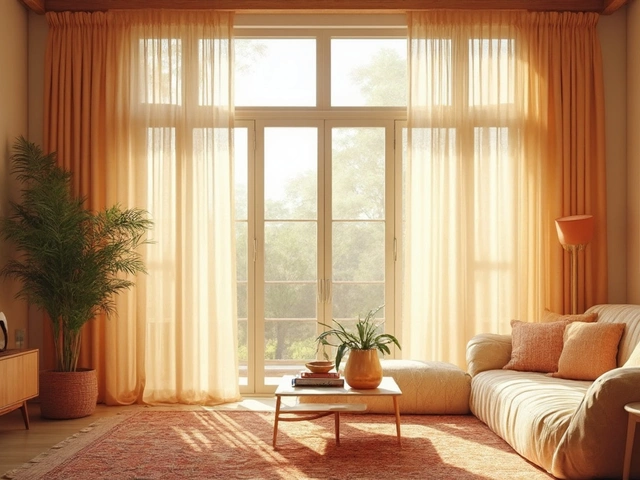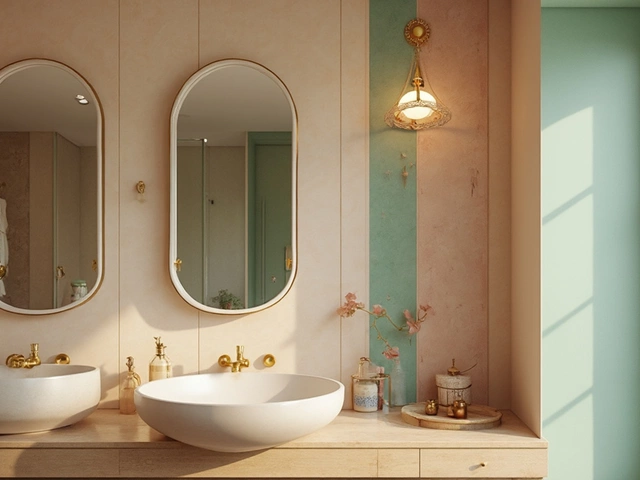Cushion Styling Advisor
Room Style Assessment
Answer these questions to get personalized advice on your cushion styling approach.
Your Personalized Recommendation
TL;DR
- Matching cushions can create a cohesive look, but contrasting pieces add personality.
- Start with your room’s color palette, then decide on a match‑or‑contrast strategy.
- Consider fabric, pattern, and texture together-mixing just one element keeps things balanced.
- Size matters: choose cushion dimensions that complement the sofa’s scale.
- Use the quick checklist at the end to decide what works for your space.
When you sit down on a Sofa is a a large, upholstered seating piece that anchors a living‑room layout, the first thing you notice is how the Cushion is a soft, decorative pillow used to add comfort and visual interest to seating sits alongside it. Next, your eye scans the Color palette is a set of hues that define the overall mood of a room-are the hues harmonious or clashing? The Fabric is a the material covering a cushion, ranging from linen to velvet tells you about texture, while the Pattern is a repeating decorative design that can be geometric, floral, or abstract adds visual rhythm. Texture is a the tactile quality of a surface that influences depth perception can soften a hard‑edge sofa, and the Interior style is a a design language such as modern, rustic, or eclectic that guides overall decisions helps you decide whether to blend in or stand out. Finally, Room lighting is a the way natural and artificial light interact with surfaces, affecting color perception will either highlight or mute your choices.
Why the Choice Matters
People often think matching cushions guarantees a "perfect" look, but that’s only half the story. A uniform set can make the sofa feel like a backdrop, which works well in minimalist or monochrome rooms. In contrast, a mix of colors or patterns can turn cushions into focal points, adding personality to a bland space. Deciding which route to take shapes the room’s energy and how guests experience it.
Start With the Color Palette
Pull the main hues from your walls, rug, or artwork. If your living room leans toward cool blues and grays, matching cushions in the same shade range reinforce calm. For a space with a warm palette-think terracotta, mustard, or deep greens-matching cushions can amplify warmth.
When you want a contrast, pick a color that appears in a smaller accent (like a vase or a piece of art). That way the cushions echo something already present, keeping the look intentional instead of chaotic.
Fabric, Pattern, and Texture: Choose One to Vary
Mixing too many elements overwhelms the eye. Instead, pick a single variable to play with:
- Fabric swap: Keep the color and pattern steady, but change the material. A velvet cushion on a linen sofa adds depth.
- Pattern play: Stick to the same fabric and color, but introduce a subtle stripe or geometric print.
- Texture contrast: Use a smooth silk pillow against a chunky knit sofa for tactile intrigue.
Sticking to one change keeps the arrangement cohesive while still feeling fresh.
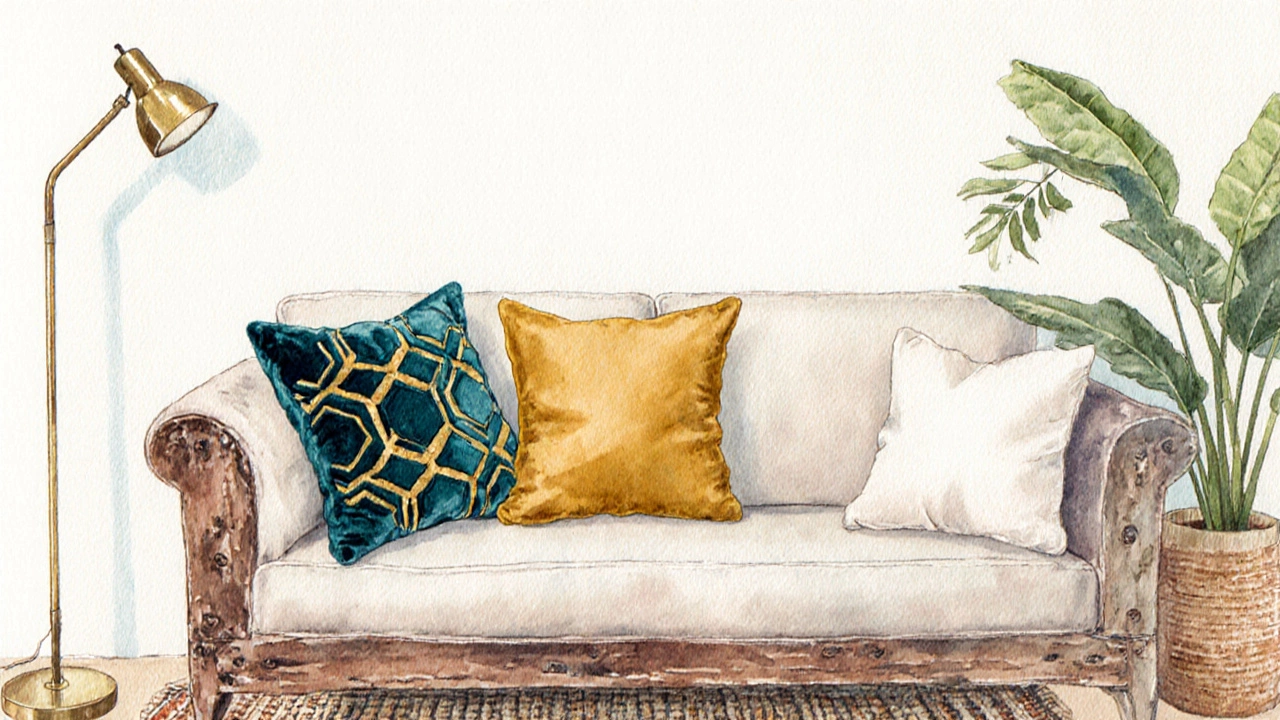
Size and Proportion Matter
Oversized cushions can drown a sleek sofa, while tiny squares look out of place on a deep‑seat sectional. As a rule of thumb, cushion length should be about 60‑70% of the sofa seat width. If your sofa is 80inches wide, aim for cushions around 48‑56inches long. Thickness follows the same logic-modern sofas look best with 4‑5inch cushions, whereas traditional, plush sofas can handle 6‑8inch depths.
Match, Contrast, or Mix? Decision Matrix
| Goal | Match Strategy | Contrast Strategy |
|---|---|---|
| Cozy, uniform feel | Same color, fabric, and pattern as sofa | Not recommended; disrupts uniformity |
| Playful, statement look | Rarely; only subtle texture change | Introduce a complementary color or bold pattern |
| Balanced modern vibe | Neutral tones, consistent fabric | Use a single contrast element-either color or pattern |
Use this matrix to align your design aim with the right cushion approach.
Quick Styling Checklist
- Identify the dominant color(s) in the room.
- Decide if you want a matching or contrasting vibe.
- Select one variable to change (fabric, pattern, or texture).
- Measure your sofa and choose cushion sizes that are 60‑70% of seat width.
- Lay the cushions on the sofa before buying-step back and view from different angles.
- Adjust based on lighting; natural light can make colors appear brighter.
Common Pitfalls & How to Avoid Them
- Too many colors: Stick to a maximum of three hues across cushions, sofa, and accessories.
- Pattern overload: If the sofa already has a bold print, keep cushions solid or choose a very subtle repeat.
- Neglecting texture: A smooth sofa paired with glossy cushions can feel flat; add a tactile element like linen or boucle.
- Ignoring lighting: A dark‑colored cushion can look chalky in bright sunlight; test swatches at different times of day.
Frequently Asked Questions
Do matching cushions make a small sofa look bigger?
Yes, when cushions share the sofa’s color and pattern they create a seamless surface that elongates the seating area. The visual continuity tricks the eye into seeing a larger footprint.
Can I mix different sized cushions on the same sofa?
Absolutely. Mixing a large rectangular cushion with a couple of smaller squares adds visual interest. Just keep the overall proportion balanced-don't let tiny cushions get lost under the seat.
What’s the best fabric for high‑traffic living rooms?
Performance fabrics like microfiber or blended polyester‑cotton hold up well to daily use. They resist stains and hide wear better than delicate silk or linen.
Should I consider the style of my sofa when picking cushions?
Definitely. A sleek, low‑back modern sofa pairs nicely with minimal solid cushions, while a classic tufted sofa can handle richer patterns or layered textures.
How many cushions are ideal for a three‑seat sofa?
A common rule is 2‑3 larger cushions plus 1‑2 smaller decorative pillows. This gives a balanced look without crowding the seating area.
